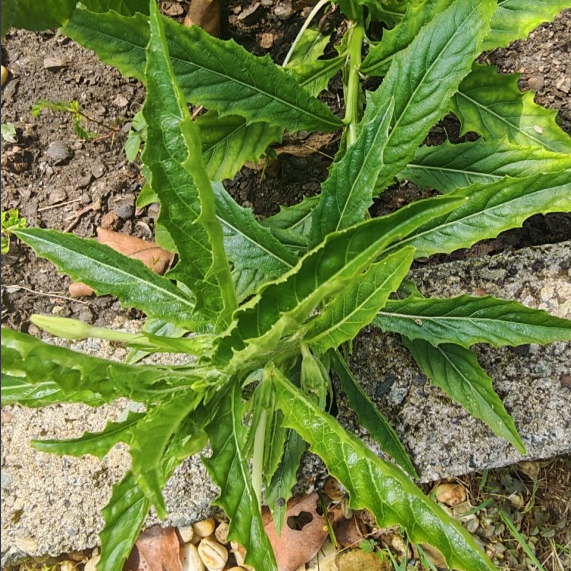
Features and functions of Ghost Light
Ghost lamp ( Pereskia spp . )
Features and functions of Ghost Light
The succulent plant, Echeveria sempervirens, contains a variety of beneficial compounds, often used for its gastrointestinal properties, digestive benefits, and antioxidant properties. Its traditional uses are highly valued in Borneo folk medicine, where it is considered a health treasure.
Botanical identity:
scientific name
Pereskia spp. (a genus in the Cactaceae family).
Aliases
Leaf cactus, wood giant prickly pear (because its shape does not resemble a typical cactus).
feature
This cactus is one of the most primitive and least typical. It typically appears as a shrub or small tree, with broad, fleshy leaves that are not thick and succulent , unlike the leafless or rudimentary leaves we often associate with cacti. Its stems are covered with thorns. It produces flowers (often showy) and edible fruit.
Traditional values and uses
Core Values
In the traditional folk medicine systems of Borneo (Kalimantan) and other places, the devil's lantern is highly valued and often regarded as a " health treasure " or an important medicinal plant.
Main functions (traditional applications)
Regulate the stomach and intestines
It is often used to relieve gastrointestinal discomfort such as indigestion and bloating.
Improve digestion
It is believed to help stimulate the secretion of digestive juices and improve digestion.
Anti-oxidation
Rich in various compounds with antioxidant properties, it helps eliminate free radicals in the body.
Other possible uses
In different regions or cultures, it may also be used to relieve inflammation, lower blood sugar, lower blood pressure, and apply externally on wounds, etc. (more scientific verification is needed).
Modern research and active ingredients
Beneficial compounds
Scientific analysis has confirmed that the leaves, stems and other parts of the plant are rich in bioactive substances, including:
antioxidants
Such as flavonoids (quercetin, kaempferol, etc.), polyphenols, vitamin C , vitamin E , β- carotene, etc. These are the main sources of its antioxidant capacity.
Other ingredients
It may also contain substances with potential physiological activity such as sterols, saponins, and alkaloids.
Research status
Modern pharmacological research is validating its traditional benefits (such as anti-inflammatory, antibacterial, and anti-diabetic potential) and exploring its specific active ingredients and mechanisms of action. While current research is still preliminary, results generally support its significant antioxidant and partial biological activities.